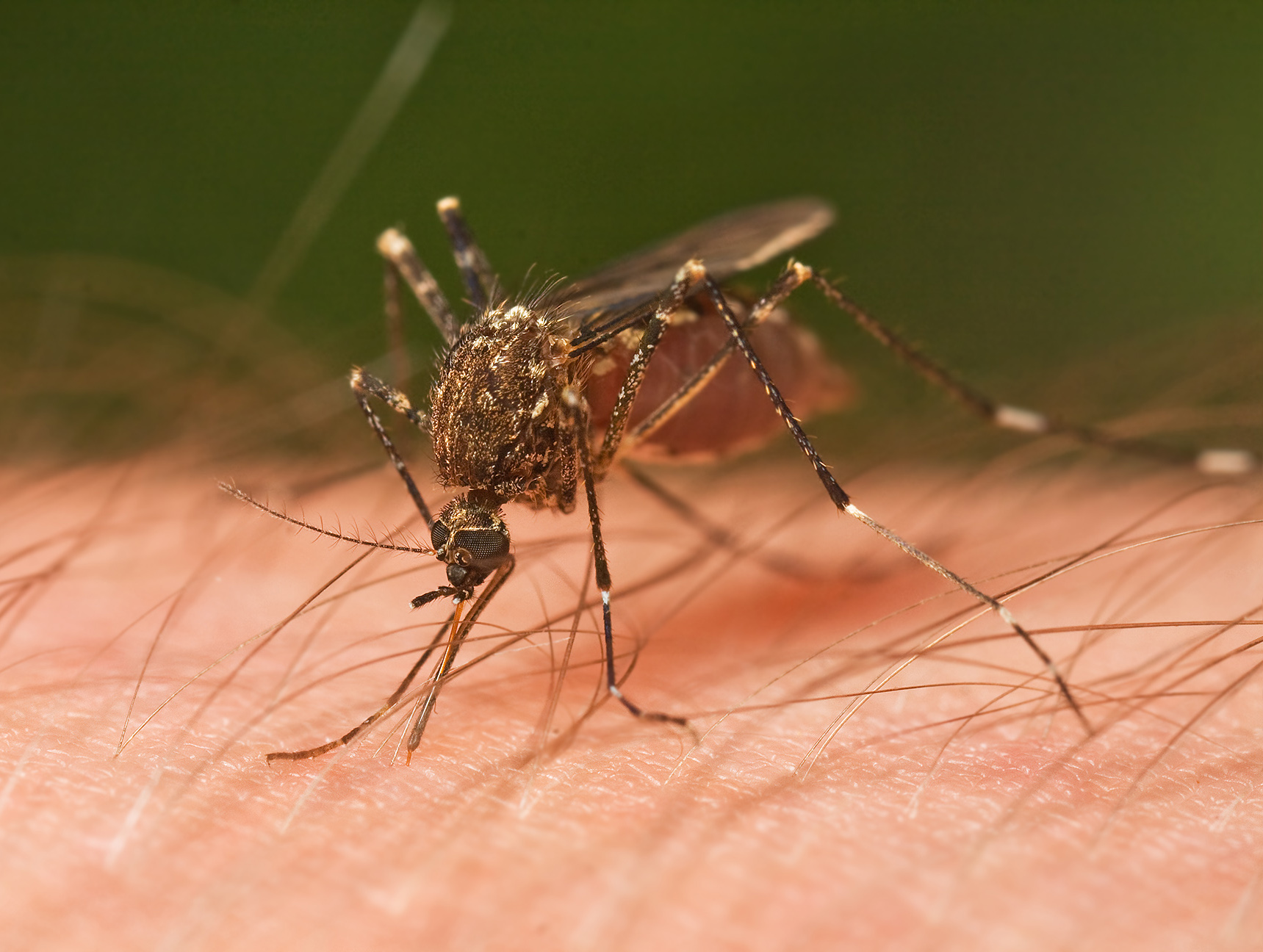Features
10 Ways to make your mosquito net effective
Published
9 years agoon
By
Olu Emmanuel
All pesticides are toxic by nature and present potential risks of adverse effects. Yet sleeping under an insecticide-treated net is the most cost effective bulwark against malaria morbidity. Studies have shown that those who take cover regularly under treated mosquito nets suffer less from malaria attack and are far less likely to die from the disease and its complications.
The health benefits are greatest among young children and pregnant women who are more vulnerable to the disease. Experts say pregnancy reduces a woman’s immunity, making pregnant women more susceptible to malaria infection and increasing the risk of illness, anaemia, severe disease and death. For the unborn child, maternal malaria increases the risk of spontaneous abortion, stillbirth, premature delivery and low birth weight – a leading cause of child mortality.
However, there is evidence that sleeping under mosquito nets treated with an insecticide is beneficial to the health of the pregnant woman, her fetus and the newborn infant.
But the mosquito net can be harmfull especially when users don’t follow instructions for its usage, such as spreading it under a shade for the prescribed 24 hours.
Signs of allergic reactions may include running nose, swollen face, reddish eyes, difficulty in breathing, hoarseness or cough.
Direct skin contact with the insecticide on a still wet net may also cause a tingling sensation on the skin. This is not harmful, even for small children.
After treatment, the net may smell of insecticide. This will go away in a few days and is not harmful to people who sleep under the net, according to experts.
Below are ten EASY STEPS FOR MASS TREATMENT of mosquito nets for effective result. It should be noted however that mass treatment is done at designated sites and that insecticide treatment is recommended for synthetic nets (nylon, polyester), as treatment of cotton nets is not cost-effective and effect of insecticide is not long lasting.
Step 1: Collect the necessary equipment
The necessary equipment consists of: mosquito nets, insecticide, basin, measuring container, rubber gloves, soap.
- Make sure the net is washed/cleaned before treatment.
- Preferably, nets should be treated outdoors in the shade. If treatment is to be carried out indoors, a room with open windows should be used.
- Use basin, gloves that are not used for any other purpose.
Step 2: Put on protective gloves before treating nets
Step 3: Measure the correct amount of water
The amount of water needed depends on the net material. Regardless of the size and shape of net, the amount of water required for:
- One synthetic net (nylon, polyester) – ½ litre (if the net is very large, more water may be needed).
If measuring container comes with insecticide, use it to measure water. Otherwise, use any measuring container, that is not used for food, drinks, medicines.
ALSO SEE: Exposed! UK indicted in Mugabe genocide
Step 4: Measure the correct amount of insecticide
- The amount of insecticide or “dose” needed to treat a net depends on type of insecticide used. Follow instructions on the container, sachet, packet. Generally, 10-15 ml of insecticide is required to treat one net.
[BIS Number of Liquid Synthetic Pyrethroid used for treatment of Bed Nets –
- i) Deltamethrin – IS14411: 1996; ii) Cyfluthrin – IS14156: 1994].
- Store leftover insecticide in its original container, in the dark and away from children.
Step 5: Mix the water and insecticide thoroughly by gloved hands in basin
Step 6: Treatment of nets
- Always treat one net at a time.
- Put the net in the basin containing water and insecticide.
- Soak the net long enough to ensure that all parts of the nets are impregnated.
- Take out the nets and allow excess liquid to drip back.
Do not wring the treated net.
Step 7: Drying the nets
- Let the net dry flat in the shade on plastic sheets.
- Later, the net can be hung up to finish drying in the shade.
Step 8: Disposal of leftover mixture of water and insecticide and insecticide containers
- Following treatment of all available nets, leftover mixture of water and insecticide, if any, may be used to treat curtains.
- Otherwise, dispose the liquid in the toilet or a hole away from habitation, animal shelters, drinking water sources, ponds, rivers, streams.
- Destroy empty insecticide containers, sachets, packets and/or bury in a hole away from habitation, animal shelters, drinking water sources, ponds, rivers, streams.
ALSO SEE: FG should surtax sugary foods in Nigeria
Step 9: Washing and cleaning of hands, equipments
- Wash equipments (basin, measuring container) with lots of water while wearing protective gloves.
- Wash gloves (if non-disposable ones are used)] with soap and lots of water, or dispose with insecticide containers.
- Wash hands with soap and lots of water.
Step 10: Washing and re-treatment of nets
- Washing removes insecticide from the net. So, wash the nets as seldom as possible and gently with soap and cold water and dry flat on plastic sheet in shade.
Do not wash/rinse treated net in or near drinking water sources, ponds, lakes, rivers, streams. Dispose of water for washing/rinsing in the toilet or in a hole away from habitation, animal shelters, drinking water sources, ponds, rivers, streams
- Nets must be re-treated again after it has been washed three times. Or, at least once a year even if it is not washed, preferably just before the rainy season. Nets may be treated twice a year in areas that have a lot of mosquitoes all year long.
You may like
Trending

 Uncategorized1 week ago
Uncategorized1 week agoCVR: INEC records 139,251 applications in Lagos

 Business1 week ago
Business1 week agoNCC moves to resolve Abuja network disruptions, blames diesel supply crisis

 Business7 days ago
Business7 days agoNew tax law: No law allows arbitrary bank debits, says Oyedele

 Politics3 days ago
Politics3 days agoPRP conducts ward, LG congresses in Lagos, elects new executives

 News4 days ago
News4 days agoHeart of Gold Empowerment Outreach bolsters 30 indigent’s economic status in Edo State

 Latest5 days ago
Latest5 days agoSEARP decries delay in enforcing judgment on N6tn NDDC misappropriation scandal, threatens suit against AGF Fagbemi

 Crime5 days ago
Crime5 days agoPolice To Resume Tinted Glass Enforcement

 Business5 days ago
Business5 days agoFG to lose N1.4trn annually as corporate tax cut takes effect in 2026




